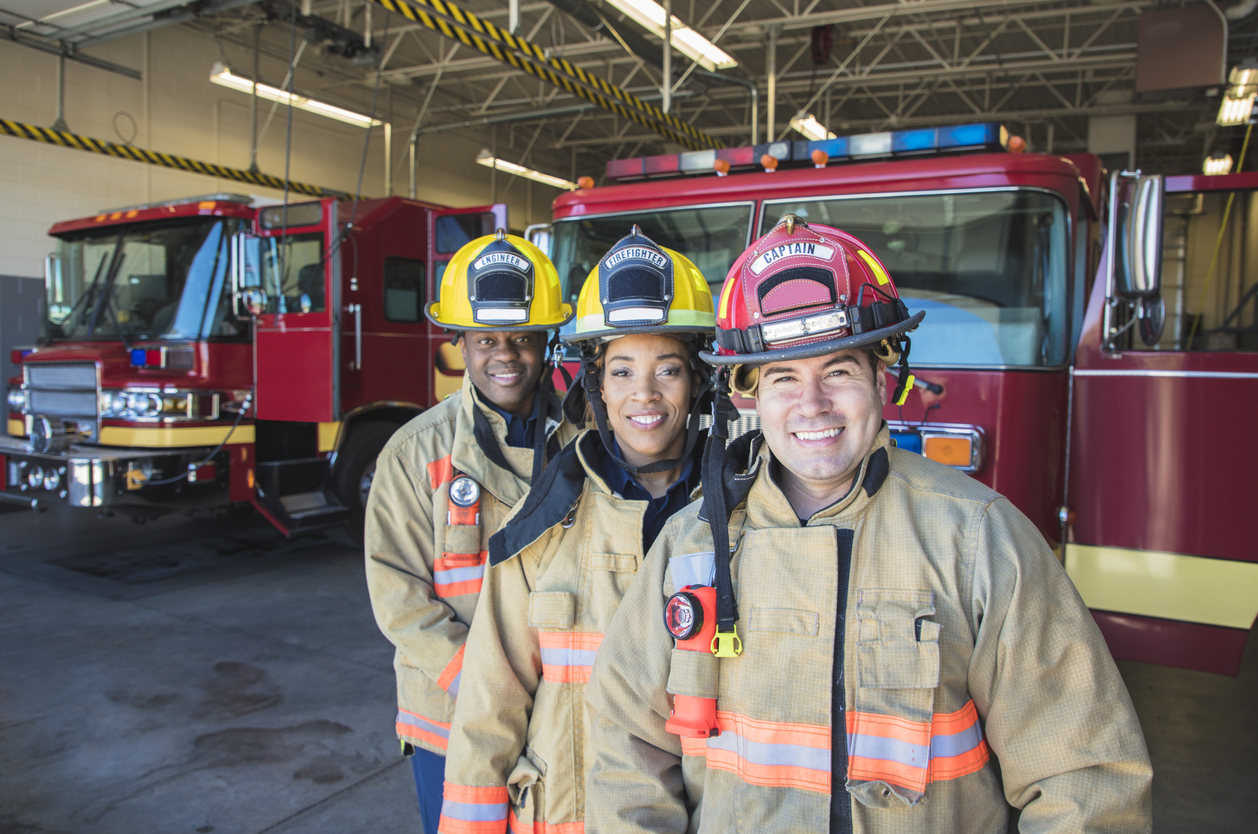
Firefighters face a number of unique and dangerous challenges throughout their daily lives. From smoke inhalation to the potential for death to occur, the role of a firefighter is one of the most dangerous positions for someone to take on as a job. Despite efforts to reduce firefighter injuries and deaths, such as changes in command, procedures in controls, and improvements in protective equipment, these measures haven’t brought the annual number of incidents down.
So, what can be done to bring down the number of deaths (around 90 per year) among firefighters? Here are some steps that can be taken to potentially keep firefighters safe from harm and possible death.
Understanding the Risk
The concept of moral duty gives firefighters a better idea of how much risk is acceptable in different firefighting scenarios. Fire stations across the U.S. make it clear that firefighters are not expected to save lives at any cost, including the cost of their own life and safety. This means that fire services need to review and prioritize risks and think of scenarios where they need to keep their lives safe from harm, such as responding to fires in abandoned buildings or in buildings where the occupants are safe from harm. Buildings can be replaced, firefighters’ lives cannot.
Preventing Injuries
Overall, fire services should be putting a higher importance on preventing firefighter injuries. While there is greater emphasis on preventing deaths from occurring among firefighters, the majority of issues are related to injuries. Preventing injuries should share the same amount of effort next to preventing deaths on the job. This could include a stronger emphasis on research on the causes and cost of injuries as well as the development of programs at the national and local level.
The cost of injuries hovers around $4.2 billion on an annual basis, while the cost of fatalities comes in at around $620 million. By researching ways in which injuries can be prevented, firefighting operations can see a drop in injury-related costs. This can also be protected by special Liability insurance that is designed to supply the resources needed to cover injuries and deaths in the industry.
Managing Safety Among Firefighting Operations
Firefighting operations should have a safety standard outline to provide a framework for continual improvement in minimizing risk and reducing the occurrence and cost of injuries. The main parts of this include management leadership, planning, evaluation and corrective action, and management review. The core of the standard is the implementation of a hazard analysis and risk management process.
Safety Analysis
Firefighting operations train their professionals to take on risks that others wouldn’t. Some firefighting operations train their firefighters to manage risk instead. The big difference here is that it results in higher levels of safety performance, such as lower injuries and fatality rates, and high levels of operational performance, such as low fire loss and civilian casualties.
Training firefighters to make calculated risk management decisions is critical. With good training in the process of risk management, firefighting operations will see their firefighters continue to take unnecessary risks. If firefighters are not trained on how to manage risk and how to make these last minute decisions, then there may be no improvement in limiting firefighter injuries, risks, and fatalities.
About Provident FirePlus
At Provident FirePlus, we offer custom tailored packages to best protect firefighters and volunteer firefighters. We understand the risks that emergency response teams are subjected to on a daily basis, and have worked to serve these dedicated professionals for over 87 years. For more information about our products and policies, we invite you to contact our experts today at (855) 201-8880.

